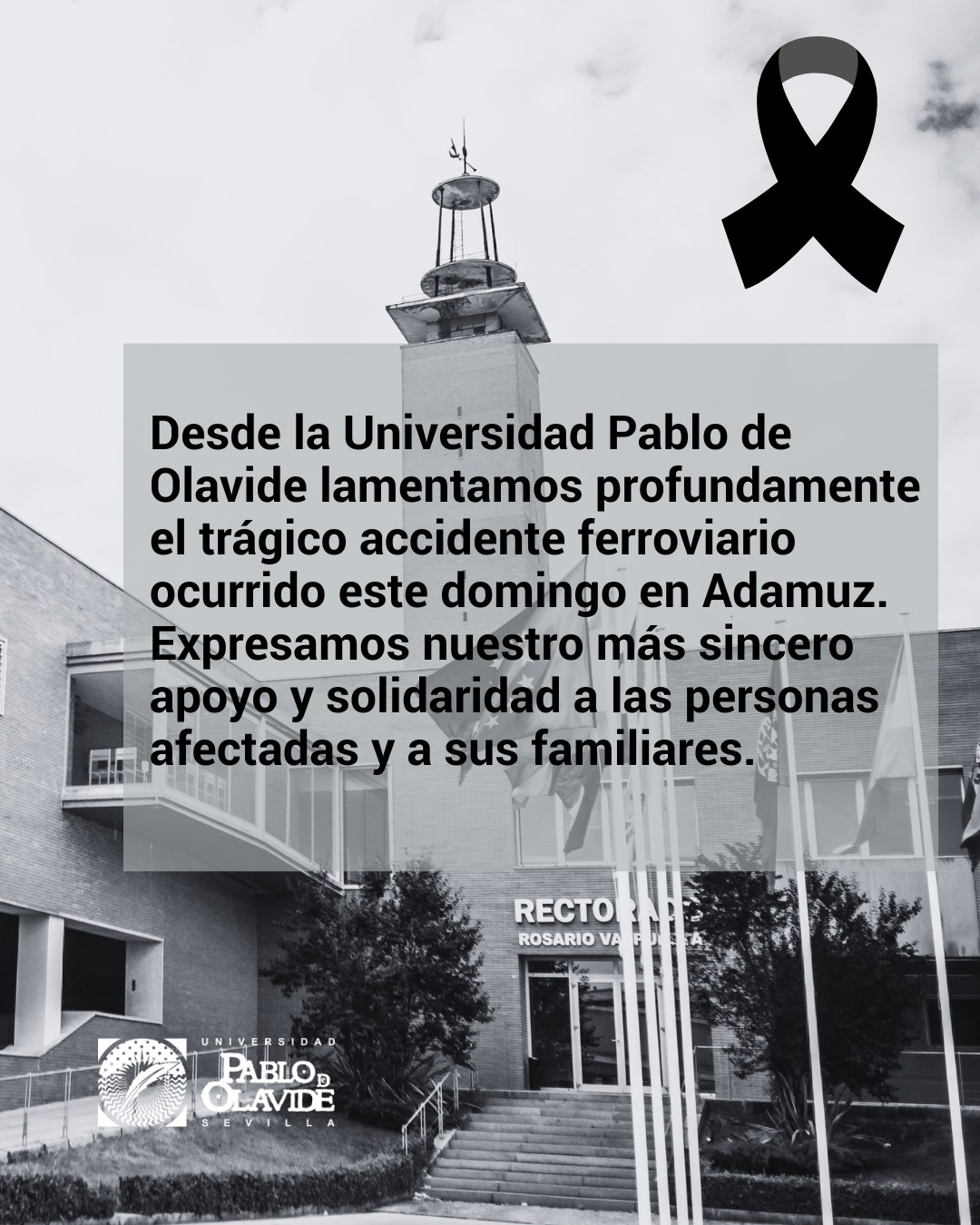University Pablo de Olavide lecturers José Ignacio García Pérez and Antonio Villar have carried out a study about new indicators in order to measure the situation of the labour market in Spain. For these researchers the changes experimented by the labour market, that have been produced by diverse reasons such as the economic crisis, globalization or the transformation of the tech sector, demand new indicators that can describe, more precisely, the actual labour situation. Thus, we can have a wider vision not only of the labour market but also of economy as well. “Short-term contracts are much more common and socially important today if compared to the pre-crisis period. However, these were not detected through traditional indicators. We should, for this reason, not only look at the occupancy rate’s mean values (employment incidence) but go further. We should also take into account the average number of months worked per year (intensity) as well as the distribution of these periods of time (inequality) among the different groups of workers”, explains José Ignacio García Pérez”.
The study, that has been published in the section of work documents of the Economic Analysis Area of the UPO, has compared the situation of the Spanish occupancy rate in 2013 and 2017. The workers, belonging to 40 different groups, were divided as per gender (two categories), level of studies (4 levels) and age (5 groups). To do the comparation, the investigation borrows some ideas from welfare economics and elaborates an indicator which embraces three main aspects: the occupancy rate, which measures incidence; the average duration of the employment, which measures intensity and also, a penalty factor which takes into account inequality (measured through Gini coefficient).
The study data comes from the Continuous Work History Sample (MCVL), which are administrative records given by the Spanish Social Security Administration.
Among the main results of the study, researchers highlight the fact that employment has grown more than the amount of worked months and significantly more among male than female workers between 2013 and 2017. Inequality has decreased (once again more among male workers) and, altogether, there has been an improvement of 7% on the social welfare linked to occupancy among male workers. In the case of female workers the percentage does not even reach 3%. “The difference between men and women is that women suffered much less the impact of the economic crisis. However, in the after-crisis recovery period men have been more benefitted if compared to women and thus, they have gained more welfare”, stresses José Ignacio García Pérez.
Age is the key determining factor of employment status. On the other hand, higher educational levels come with better mean values of the welfare indicator.
“Young people with University studies have witnessed an improvement on their welfare level while recovery period for two reasons: first, the number of this population group is getting smaller due to demographic issues so they do not have to compete hard in order to get a qualified job. Second, qualified workers also access medium and low-level jobs so their labour market is bigger and so are their chances of being employed”, explains the researcher. “Comparing the situation between 2013 and 2017 we can see how the economic recovery has clearly fostered men at the expense of women and so has particularly penalized young people, except for those with higher education and women with a lower level of education”, he emphasizes.
Andalusia is among the Spanish regions with a higher number of negative differences between employment and welfare
Once finished the analysis in each of the different autonomous communities, the study concludes that regions with employment under national average are even worse in terms of welfare, excepting La Rioja and Cantabria. Andalusia, Castilla La Mancha, Valencia and Murcia are the regions with the highest negative gaps between employment and welfare while Catalonia, Madrid, Navarra and Basque Country present the most positive gaps.
José Ignacio García Pérez underlines that in the case of Andalusia, the active population welfare level does not improve because the average number of worked months per year is low, due to the high incidence of job insecurity. He also points out that “any reform in legislation that promote open-ended recruitment will be especially helpful for the region”.
Full bibliographic information
José Ignacio García Pérez & Antonio Villar, 2019. On the three i’s of employment and the Spanish labour market, Working Papers 19.04, Universidad Pablo de Olavide, Department of Economics: https://ideas.repec.org/p/pab/wpaper/19.04.html






















